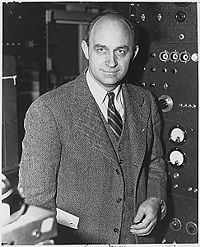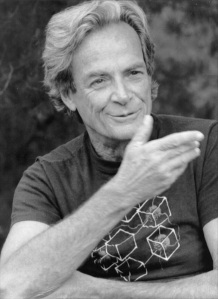For a quantum field theory it is essential to know the form of the beta function. The reason for this is that this function gives us immediately an understanding on how the theory will behave in different regimes of the energy range. Currently, there is a lot of activity to obtain the full beta function of QCD, the theory of quarks and gluons. The reason for this is that we want to understand the behavior of this theory when the energy becomes lower while we know that at higher energy asymptotic freedom sets in moving the coupling toward zero so that perturbation theory applies. QCD appears as the perfect theory. Indeed, in this case we have no Landau pole or, possibly, no triviality at lower energies and so this appears as the only example in physics of a theory that holds on the full range of energy. I have read three papers about this matter recently (see here, here and here) and all of them give a clear insight about the question of the beta function for Yang-Mills theory and QCD. As my readers know, lattice computations for a pure Yang-Mills theory show clearly that the running coupling goes to zero at lower energies so one may ask if the same can happen when quarks are involved.
From supersymmetric QCD it has been shown that the beta function should have the form
where, apart for some costants here and there, is the number of quark flavors. So, we immediately realize that supersymmetric QCD can develop a fixed point in the infrared limit even if supersymmetric Yang-Mills theory has none! Sannino and Ryttov have been inspired by this beautiful result and proposed a similar beta function for ordinary QCD and the conclusion is the same: Even if Yang-Mills theory has no fixed point in the infrared, QCD has one due to the presence of quarks. So far, lattice computations for fully QCD confirm this scenario and we can be confident that this theory is the most beautiful one being meaningful for all the energy range.
I would like to add a final comment by noting that Ryttov and Sannino give for Yang-Mills theory in the infrared the same functional form I have got in my latest paper (see here) and that agrees with lattice results. The picture of low-energy QCD is slowly emerging providing to us quite unexpected results and a deeper comprehension of the world as we perceive it.




 Posted by mfrasca
Posted by mfrasca 



